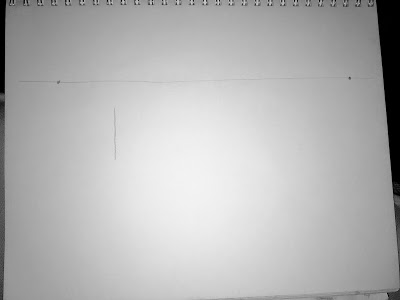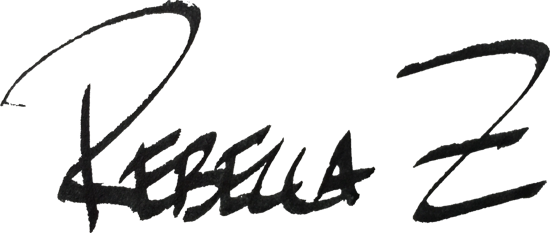
30 Day Drawing Challenge Day 18- How to Draw a Cube
We’ve been having such fun with drawing contours and vignettes, but this drawing challenge would be incomplete without touching on a subject that involves perspective…the dreaded “P” word! It’s something which most non-artists don’t understand. I’ve also found that many of my adult students of art have skipped right over this subject on their way to painting pretty pictures. It’s possible to paint or draw without knowing perspective, but it’s a fundamental of drawing which will undermine your work if you don’t understand it.
The best way I know to sum up perspective is with these 3 points:
- Every realistic image you draw or paint has a horizon- and that horizon is always at the viewer’s eye level. Hmmm, let’s think about that. So what I’m saying is that the horizon will always be located at the level of the eye of the viewer. Plain and simple. Not hard, right?
- Due to the earth curving away from us, parallel straight lines will seem to recede to one point as they move away from us. That point is called the “disappearing point”. That disappearing point is ALWAYS SOMEWHERE ON THE HORIZON LINE. Ok..that isn’t too hard either, right?
- Parallel lines will always recede to the same point. So this means that any line which is running in the same direction as other lines will recede to the same point.
 |
| Step 1 and 2 |
Step 2: Draw a horizon line going across the page. Make a mark somewhere to the left of the paper and another mark toward the right edge of the paper. These will be your disappearing points.
 |
| Step 3 |
 |
| Step 4 |
Step 5: From the bottom of the back left edge line, draw a line connecting it to the same disappearing point as the bottom of the front of the box. They both recede to the same disappearing point because they are parallel.
 |
| step 5 and 6 |
Step 6: From the Top of the Right edge draw a line to the disappearing point on the left. It recedes to the same point as those lines from the left side of the box, because why? Because they are parallel, or running in the same direction.
 |
| Step 7 again |
Step 8: Draw a line connecting the two “x’s”. This will form the back right corner as in the photo below.
 |
| Step 8- A Cube in 2 point perspective |
There you go! You’ve drawn a cube in 2 point perspective. This shape forms the basis of most architectural drawing and can be helpful drawing many other forms as well.
Step 9: To reinforce your understanding of drawing the cube, I would suggest you draw it again. Refer to my directions ONLY if you forget what to do. Try to draw the cube until you feel like you own the concept.
Once finished, take it easy and let the understanding sink in for today. If you’ve drawn it 2 or 3 times, then you’ve done enough.
Congratulations! You have learned a VERY important concept about perspective! You are officially a little bit smarter now. Enjoy the rest of your day and I’ll meet you here tomorrow…
PS- If you haven’t sent me any photos of your drawings lately…be sure to send them my way so I can include them in future posts…anonymously of course. Be sure to tell me what lesson you are illustrating and what tools you used in your sketch. Can’t wait to see what you’ve done!
I’m already looking ahead to later this week. I will be breaking out my Tombow marker in burnt sienna color -947 for a sketch or two during the final couple of weeks of this challenge. If you would like to get one, it’s around $5-6. Here is a link: Tombow 947 Marker- Amazon
Happy Drawing!!
Rebecca Zdybel
Spread Light, Share Love, DO Art!
Feel free to share any of this blog post on your own blog or website, but I ask that you you include:

Recent Comments